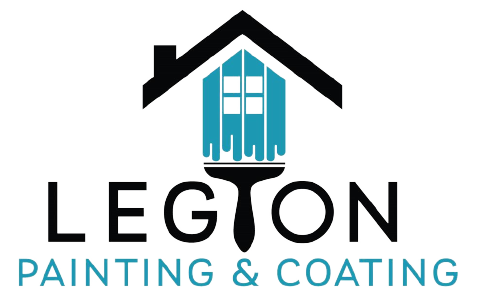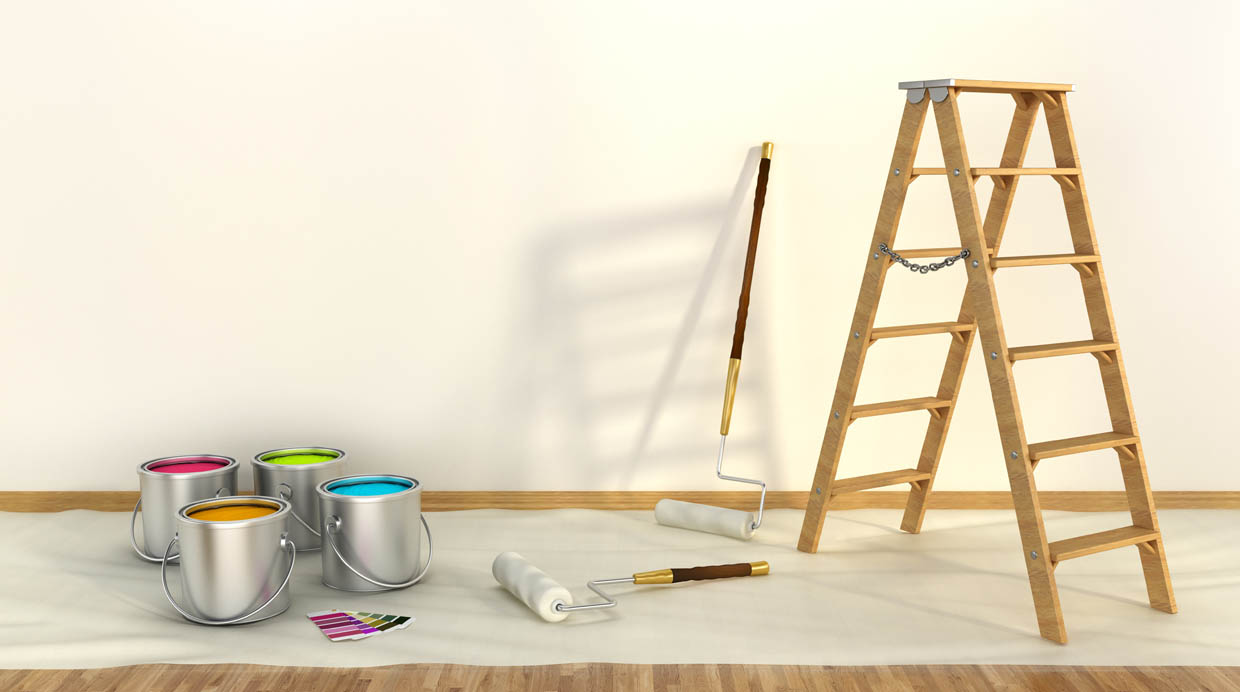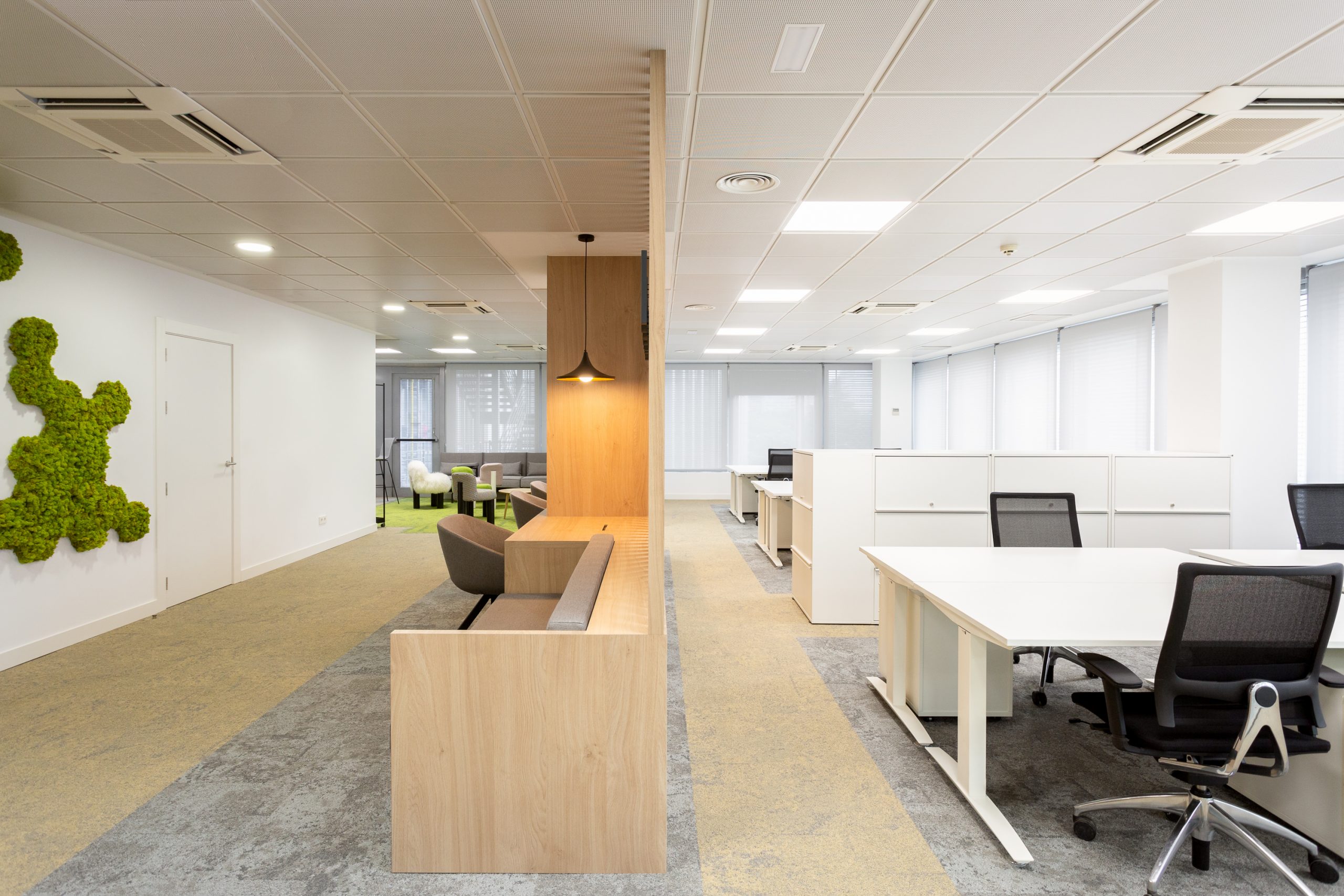Humidity is a recurrent problem in many households, especially in areas with humid climates or homes with structural deficiencies. This issue not only affects the aesthetics of walls but can also be harmful to health and the integrity of the home’s structure. Anti-humidity paints offer an effective solution to combat this problem. In this article, we’ll explore in detail the causes of humidity in homes and how anti-humidity paints can provide effective solutions.
Humidity on walls can manifest in various forms: stains, mold, efflorescence, among others. These problems are not only unaesthetic but can also cause allergies, respiratory issues, and structural damage to the home. Prevention and proper treatment are essential to maintain a healthy environment and protect the integrity of the dwelling.
Causes of Humidity on Walls
Water Leaks:
Water leaks represent one of the main causes of humidity on walls. These problems often stem from various reasons, such as leaks in the roof due to lack of maintenance on the covering or damage caused by extreme weather conditions. Similarly, broken or poorly sealed pipes within the house structure can leak water and cause humidity on the walls. These leaks not only deteriorate surface integrity but can also be an indicator of more severe structural issues if not addressed promptly.
Condensation:
Condensation occurs in areas with insufficient ventilation. When water vapor in the air meets cold surfaces like walls or windows, it condenses and forms water droplets. This phenomenon is common in poorly ventilated rooms, especially in bathrooms, kitchens, or areas without proper windows. Over time, this moisture buildup can create stains and promote mold growth, which can affect the health of the home’s inhabitants and damage wall paint and coatings.
Capillary Rising Damp:
Capillary rising damp refers to the upward movement of water from the ground through porous wall materials. This phenomenon is common in basements and ground floors due to pressure exerted by moist soil. Porous building materials like cement, bricks, or masonry without proper waterproofing treatment can absorb ground water, resulting in wall humidity. This situation not only damages the aesthetics of surfaces but can also cause structural damage if not adequately treated, affecting the home’s stability.
Early identification of these causes of humidity and the implementation of suitable solutions, such as using anti-humidity paints or repairing leaks, are fundamental to avoid further issues and maintain a habitable and safe environment in the home.
What Are Anti-Humidity Paints?
Anti-humidity paints are special coatings designed to prevent and stop humidity on walls. These paints contain additives that act as a barrier against humidity, preventing it from penetrating the surface while allowing the walls to breathe.
Advantages of Anti-Humidity Paints
Effective Waterproofing:
Anti-humidity paints offer an effective solution by creating a waterproof barrier that prevents water infiltration through the walls. This sealing layer acts as a protective shield, preventing humidity and water from penetrating the wall structure. This waterproofing helps preserve the construction’s integrity, avoiding potential long-term structural damage and providing a safer and healthier environment for home occupants.
Mold and Stain Prevention:
Being a barrier against humidity, anti-humidity paints are effective in preventing mold and stains on walls. Mold is a common problem that can arise in humid environments, and its presence is not only unsightly but can also be harmful to health. These paints, by preventing moisture penetration, create a less favorable environment for mold development, contributing to maintaining a healthier and protected environment for home dwellers.
Improved Aesthetics:
In addition to their protective function, anti-humidity paints can significantly enhance wall aesthetics. These paints are available in a wide range of colors and finishes, allowing not only the protection of surfaces from humidity but also their beautification. By providing a uniform and aesthetically pleasing surface, these paints can elevate the visual appearance of rooms, renewing the look of spaces and providing a more pleasant and cozy atmosphere at home.
Types of Anti-Humidity Paints
- Waterproofing Paints: Offer high water resistance and are ideal for areas prone to leaks.
- Anti-condensation Paints: Designed to prevent condensation, avoiding moisture accumulation in poorly ventilated environments.
- Anti-Humidity Paints with Anti-Mold Treatment: Formulated to prevent mold and fungus growth on surfaces.
Application and Important Considerations
- Surface Preparation: It is crucial to eliminate any trace of humidity and ensure that the surface is clean and dry before applying the paint.
- Proper Application: Follow the manufacturer’s instructions for best results. Typically, at least two coats are required to achieve effective protection.
- Maintenance: Ensure regular inspections and maintenance to ensure the durability of anti-humidity protection.
Conclusion
In conclusion, anti-humidity paints are an effective solution to combat humidity problems in homes. Their application not only helps prevent structural damage and health issues but also improves wall aesthetics. It is essential to identify the specific causes of humidity and select the most suitable type of paint for each situation.
In the realm of home painting, anti-humidity paints stand out as an indispensable tool to maintain a healthy environment and protect residential structure integrity. Always remember to consult professionals to receive advice on the most suitable paint type and to ensure proper application that maximizes the benefits of these solutions.





